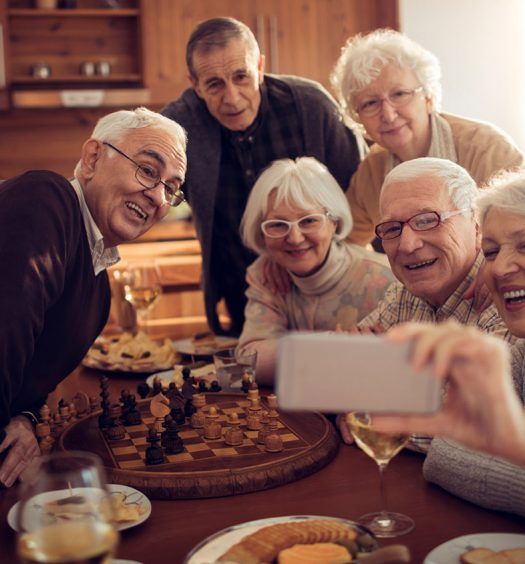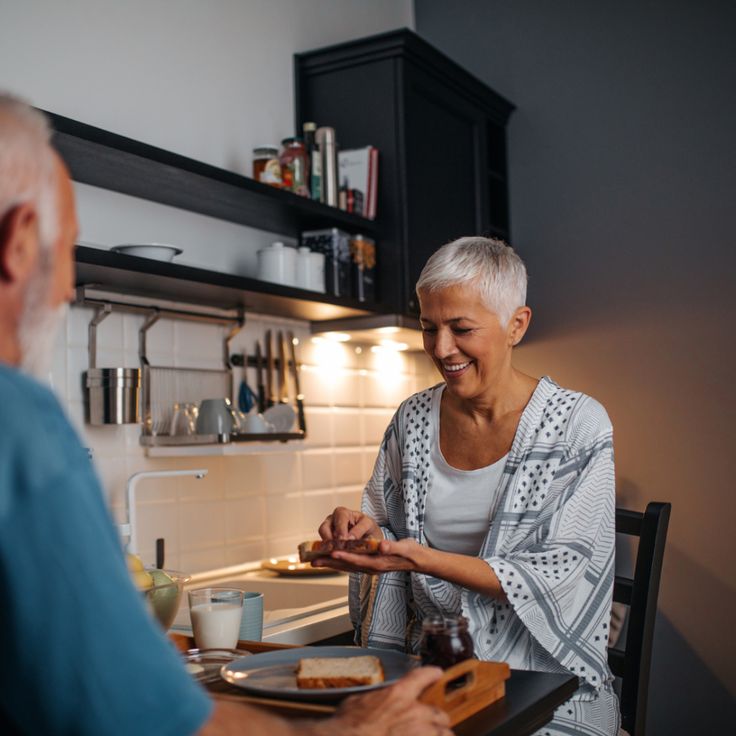
Age-Proofing Your Home, When my grandmother turned 85, she swore by two things: her daily tai chi in the living room and her love of banana smoothies. She believed that these practices were essential for aging gracefully. However, the decision to make her house safer undoubtedly added years to her life. A tumble down the stairs or a shower slip could have altered everything. Fortunately, a few clever adjustments allowed her to live alone far into her nineties.
Being a biologist fixated on longevity and someone who enjoys reading molecular research, I can assure you that science backs this! Our surroundings, especially our house where we spend the most time, greatly influence how well we age. I don’t mean filling your home with infrared saunas and vitamins (though they can be fun). I mean actual, useful changes that lower risk, increase comfort, and support long-term health.
Let’s discuss how to “age-proof” your house: scientifically supported, sensible, perhaps fashionable strategies to keep yourself or your loved ones safer, happier, and more autonomous for years to come.
Age-Proofing Your Home, It’s not only an irritating word; it’s a very genuine fall danger. Combine that with loose carpets or slick flooring, and we have a formula for a trip to the ER, not the enjoyable sort, as in medical dramas.
Useful Changes
Science’s pro advice: A 2020 study in The Journal of Aging and Health found that houses changed with non-slip characteristics resulted in a 30% drop in falls among older people. That’s not only a number; it’s a life saved (or hip).
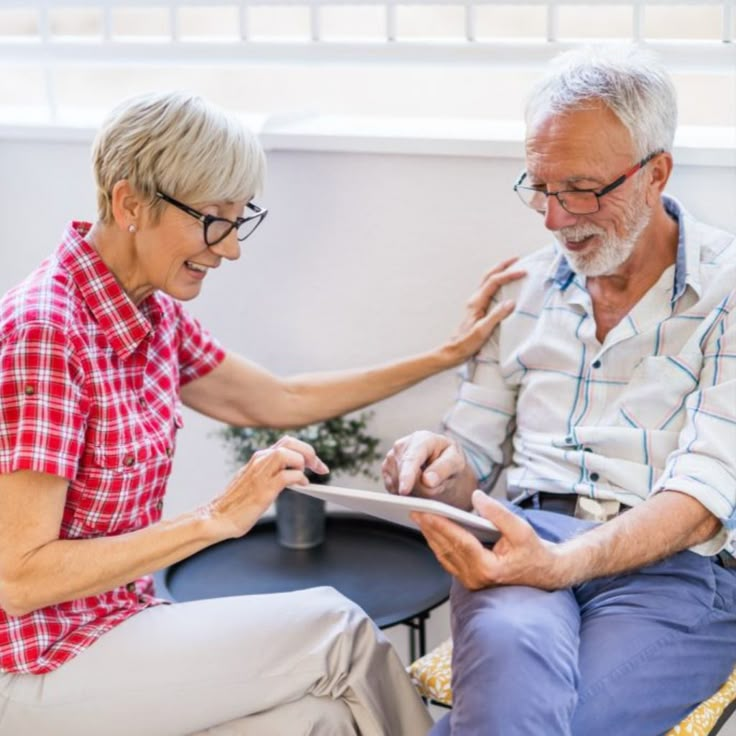

Aging eyes require more light to see clearly. Our pupils contract, and the lens gets less clear as we age, which lowers the actual light reaching the retina. Imagine it as Instagram filters, but not in a positive sense.
Ways To Lighten Things Up
Science yet interesting fact: Good lighting also helps lower the risk of depression in seniors. Light greatly affects our internal clocks, and well-lit environments help maintain serotonin levels high for your “feel-good” neurotransmitter.
Age-Proofing Your Home, Statistically, the most hazardous room in the house for seniors is the bathroom. Wet surfaces plus balance concerns equal a hazardous combination.
Improvements That Function
Supported by biology: With age, joint flexibility and muscular strength decrease, especially in the knees and hips. Ergonomic design helps the body to let individuals move securely, which boosts their mood as well as their mobility in the long run.
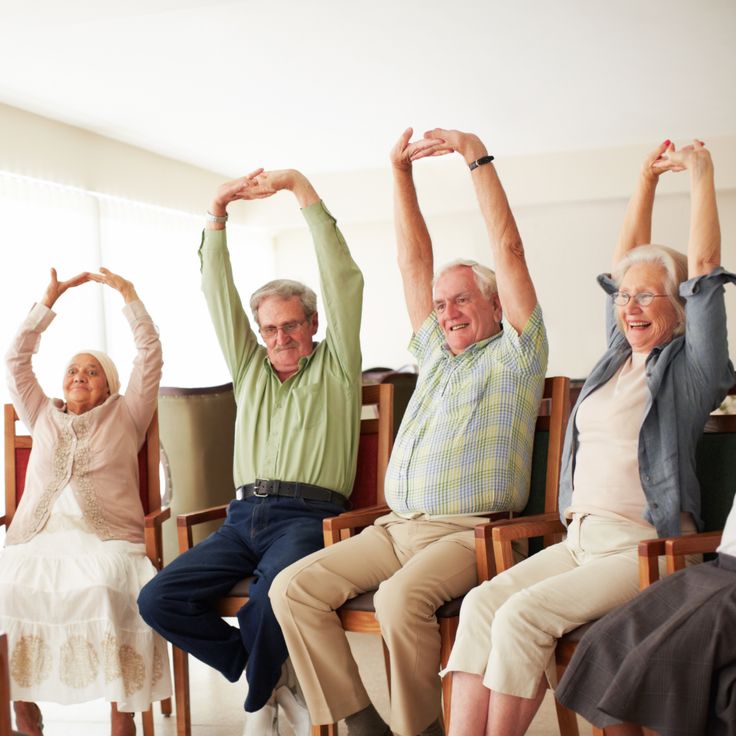
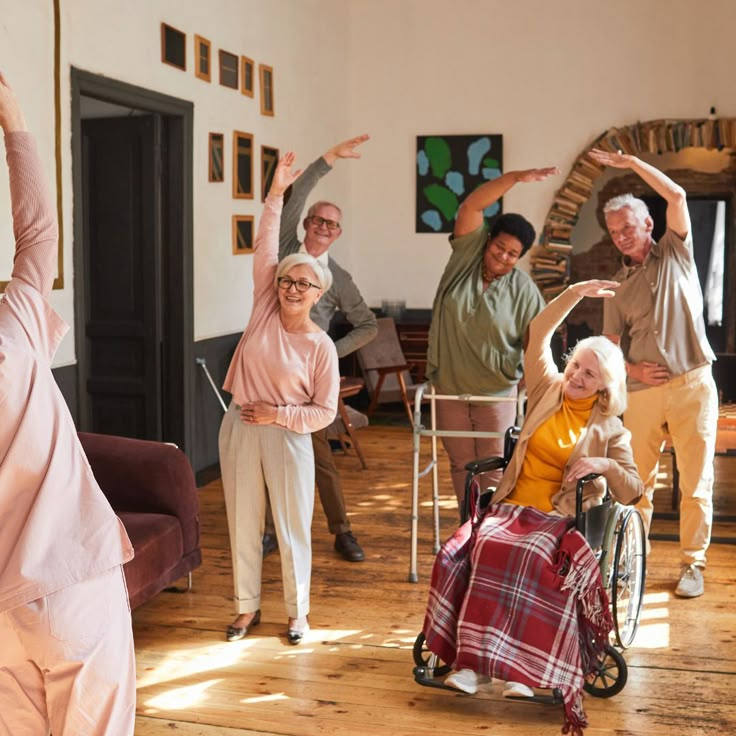
Age-Proofing Your Home, Let’s dispel a fallacy: elders use technology both actively and passively. Today’s devices are more user-friendly than ever.
Technology Supporting Longevity
The neurological perspective: Interacting with technology, especially tools like video calls or games, provides mental stimulation that helps maintain cognitive function. Furthermore, a meta-analysis from 2022 revealed that older people who frequently use digital technologies said they feel more connected and less alone.
Age-Proofing Your Home, One of life’s simple delights is cooking, which also benefits mental and physical wellness. But what about reaching for things in an odd kitchen configuration, bending, or lifting? That’s a formula for frustration and torn muscles.
Effective Kitchen Repairs
Nutritional connection: A safe and practical kitchen helps to promote nutritious home-cooked meals, which are fundamental for longevity. A diet high in colorful vegetables, healthy fats, and lean protein helps to stave off chronic inflammation, one of the main biological drivers of aging.
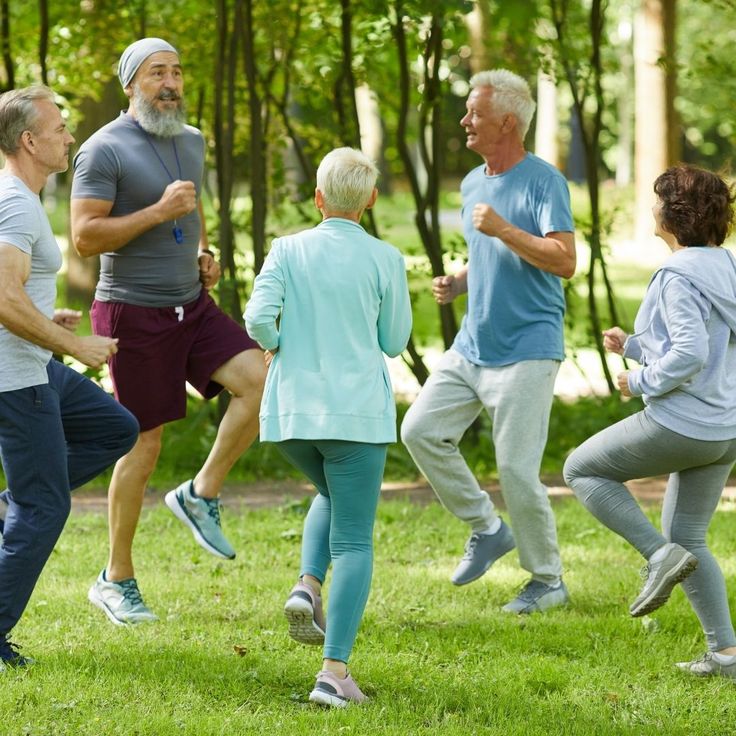
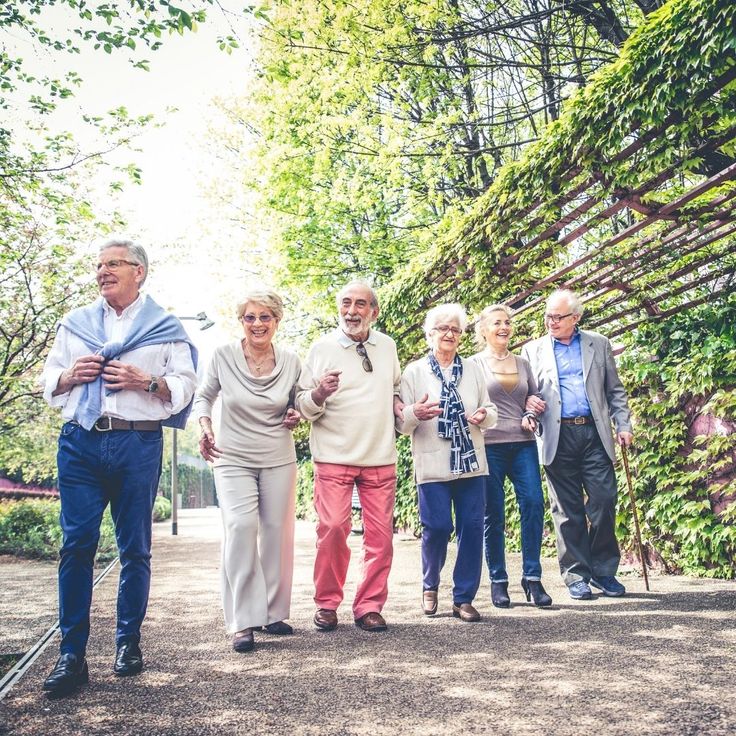
Aging is also about keeping emotional well-being; it’s not only about avoiding falls or enhancing lighting. Your environment can greatly affect your attitude, memory, and sense of purpose.
Changes To Boost Mood
Neurobiology likes this stuff: Designing environments that inspire happiness and lessen stress actually lowers cortisol (your stress hormone), helps immunological function, and enhances sleep all vital to healthy aging.
Quick advice: Put a bench close to the entry, provide simple locks, and provide motion-sensor illumination outside. Not only does this increase security and comfort, but it also facilitates coming and going rather easily.
A video doorbell is also something to think about; it lets carers relax as well as enables seniors to know who is at the door without hurrying there.
Diet and exercise are only one aspect of our lives; if we want to live longer, healthier ones, we must consider others. Our houses, the actual places where we rest, move, think, and live should be built to change with us. A few careful improvements will help us to eliminate hazards, increase freedom, and promote long-term mental and physical well-being.
The research is unequivocal, you decrease the aging process when you lower stress on the body and brain. Sometimes all it needs is a grab bar in the appropriate location and improved illumination; that doesn’t necessarily call for a lab coat or medications.
Making your home safer is one of the smartest things you can do, whether you are preparing ahead for yourself, supporting your parents, or simply genuinely enjoying the concept of aging like a great wine (research says this metaphor holds up).
And keep in mind that even the little things like brighter lamps or non-slip mats can have a big impact. Simply consult my grandmother. She is most likely still practicing tai chi in the living room.
